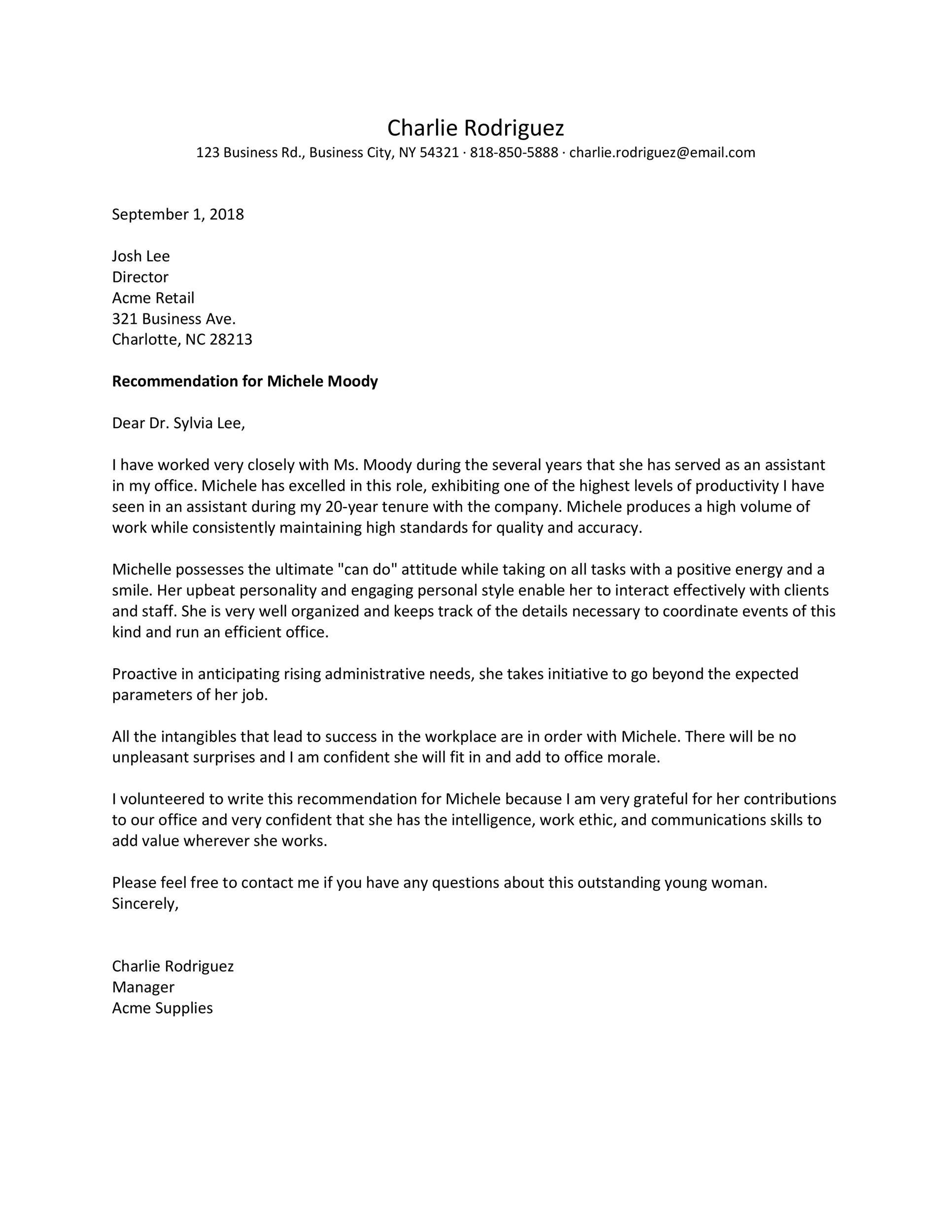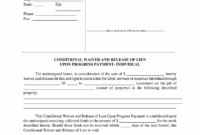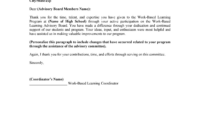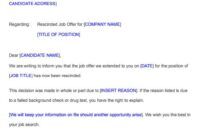Writing a strong referral letter can make a significant difference in an employee’s career trajectory. It’s more than just a formality; it’s a powerful endorsement that can open doors to new opportunities, offering a prospective employer a valuable glimpse into an individual’s character, work ethic, and capabilities from someone who has worked closely with them. Crafting such a letter requires careful thought, precision, and a genuine understanding of the employee’s strengths and contributions.
However, staring at a blank page when you need to write one can be daunting. You might wonder what information to include, how to structure it, or what tone to adopt to be most effective. This is where a well-structured referral letter template for employee use becomes incredibly helpful, providing a solid foundation and guiding you through the process, ensuring all crucial elements are covered efficiently and professionally.
Crafting an Effective Referral Letter: What to Include
When tasked with writing a referral letter for an employee, your primary goal is to provide a compelling and honest account that genuinely highlights their suitability for a new role or opportunity. This isn’t just about listing job duties; it’s about showcasing their unique contributions, their impact on your team or organization, and their professional character. A well-constructed letter goes beyond a simple recommendation; it tells a story, supported by specific examples that illustrate the employee’s value.
The effectiveness of your letter often hinges on its structure and the depth of detail you provide. While every situation is unique, there are core components that every strong referral letter should contain. Think of it as building a persuasive case for your former colleague, ensuring the reader walks away with a clear and positive impression of their abilities and potential. Remember, this letter is a reflection of both the employee and your professional judgment.
Essential Components of a Strong Referral Letter
To ensure your referral letter is comprehensive and impactful, focus on these key sections. Each part serves a specific purpose in building a compelling narrative about the employee you are endorsing. Having a clear idea of what each section should contain will streamline your writing process and enhance the overall quality of your letter.

- Salutation: Address the letter to a specific person if possible. If not, a professional general salutation like "To Whom It May Concern" or "Dear Hiring Manager" is acceptable.
- Introduction: Clearly state your relationship with the employee, how long you’ve known them, and the purpose of the letter – that you are recommending them.
- Employee’s Qualities and Achievements: This is the core of your letter. Provide specific examples and anecdotes that demonstrate the employee’s skills, accomplishments, work ethic, and positive attributes. Quantify achievements whenever possible to add weight.
- Recommendation: Clearly and confidently recommend the employee for the specific role or general opportunity they are seeking.
- Closing: Reiterate your recommendation and offer to provide further information if needed.
- Signature: Your name, title, and contact information.
Remember to tailor the content within these components to the specific role the employee is seeking, if you know it. Highlighting skills and experiences that align directly with the requirements of the new position will make your referral significantly more powerful and relevant, demonstrating your thoughtful consideration and direct support for their career advancement.
Tips for Writing a Standout Referral Letter
Beyond merely including the necessary sections, there are several ways to elevate your referral letter from good to outstanding. A truly impactful letter is not just informative; it’s persuasive and memorable, leaving a lasting positive impression on the reader. Thinking about the letter from the perspective of the recipient – often a hiring manager or admissions committee – can help you focus on what information they truly value.
One crucial tip is to always strive for specificity. General praise, while kind, doesn’t carry the same weight as concrete examples. Instead of saying an employee is a "great team player," describe a situation where their collaborative efforts led to a measurable success for the team or project. This storytelling approach makes your recommendation more authentic and provides tangible evidence of their capabilities, helping the reader visualize their potential contribution.
Maintaining a consistently positive and professional tone throughout the letter is also vital. Even if you’re highlighting an area of growth, frame it constructively. The primary goal of a referral letter for employee advancement is to advocate for them, so ensure every sentence reinforces their positive attributes and suitability. Proofreading meticulously for any grammatical errors or typos is equally important; a clean, error-free letter reflects well on both you and the candidate.
- Be Specific with Examples: Instead of general statements, provide concrete instances where the employee demonstrated key skills or achieved notable successes. Use data or outcomes whenever possible.
- Maintain a Positive Tone: The letter should be enthusiastic and genuinely supportive of the employee’s aspirations. Focus on their strengths and positive contributions.
- Proofread Meticulously: A letter with errors can detract from your credibility and reflect poorly on the candidate. Take the time to review it carefully, or ask someone else to read it.
- Adhere to Deadlines: If there’s a submission deadline, ensure your letter is sent well in advance. Promptness shows professionalism and respect for the process.
- Be Honest and Ethical: Only write a referral if you can genuinely and positively recommend the employee. Your professional integrity is also on the line.
Ultimately, a thoughtfully constructed referral letter is a testament to your professional network and an investment in someone’s future. It serves as a personal stamp of approval that can significantly enhance an applicant’s chances, providing a unique perspective that a resume or cover letter simply cannot convey. Your willingness to write one, coupled with its quality, speaks volumes about the value you place on your former colleague’s capabilities and potential.
By following these guidelines and utilizing a clear structure, you can confidently craft a letter that truly highlights an employee’s strengths and supports their professional journey. Your effort in providing such a valuable endorsement will undoubtedly be appreciated and could be the determining factor in their next big career step.



